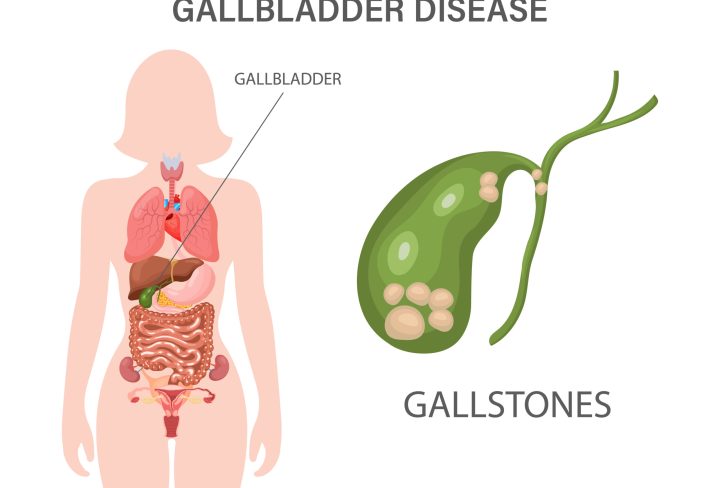What Are Gallstones?
Gallstones are small, hard pieces that form inside your gallbladder. The gallbladder is a small organ under your liver. It stores bile, which helps your body digest fat. Sometimes, this bile can turn into stones. These stones are called gallstones. They can be as small as a grain of sand or as large as a golf ball. Many people have gallstones and do not know it. However, some people may feel pain or get sick because of them. According to the CDC, gallstones are a common digestive problem.
Causes of Gallstones
There are several causes of gallstones. Most often, they form when the balance of substances in bile changes. For example, too much cholesterol or bilirubin can lead to stones. Here are some common causes of gallstones:
In addition, some people are at higher risk for gallstones. For example, women, people over 40, those who are overweight, and people with a family history of gallstones have a higher chance. Rapid weight loss and certain diets can also increase your risk. The World Health Organization notes that lifestyle and genetics both play a role.
Symptoms of Gallstones
Many people with gallstones do not have symptoms. These are called “silent” gallstones. However, when a stone blocks a duct in your gallbladder, you may notice signs. Common gallstones symptoms include:
Usually, pain from gallbladder stones starts suddenly and can last from a few minutes to several hours. Sometimes, the pain gets worse after eating fatty foods. If you have severe pain, fever, or yellow skin, you should see a doctor right away. These can be signs of a serious problem.
In summary, gallstones are common and can cause pain or other symptoms. But many people do not have any problems. If you think you may have gallstones or have symptoms, consult your healthcare provider. Only a doctor can give you the right advice and treatment for your needs.

